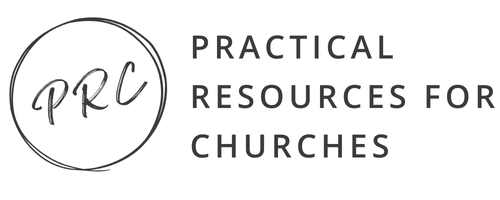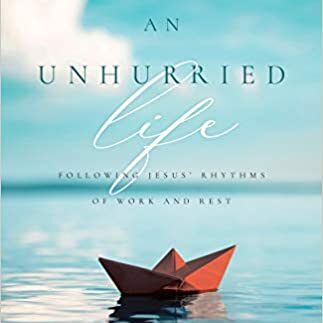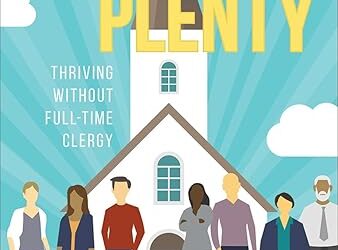Alan Fadling
If someone were collecting data on the most common answers to the question of how one is doing, certainly one of the top three answers would be busy. People, especially as they emerge from the pandemic with new responsibilities on their shoulders, have extra obligations as partners and caregivers, extra tasks at work, extra steps to take in order to keep up with the demands of everyday life. In fact, so many people will comment that they need an extra hour in the day or extra day in the week just to keep up. The effects of busy-ness can be crushing; general overwhelm, exhaustion, health concerns, and unhappiness are just a few. Alan Fadling first published An Unhurried Life; Following Jesus’ Rhythms of Work and Rest in 2014, revising it in 2020 with new material to help us as we travel through the lessons learned in the pandemic. When a copy of this arrived from the publisher, I dived in, eager to uncover what was in the pages.
An Unhurried Life is centered around the belief that unhurrrying oneself is key to a fruitful spiritual development. Mr. Fadling leads the reader through how Jesus’ relaxed and unhurried state of being can be adopted and effective for current day disciples. Chapters point out to readers how an unhurried state isn’t laziness and can effect more productivity, how an unhurried state can equip a person to resist temptation, and how an unhurried state can allow a person to care and pray more deeply. He also spends time helping the reader explore how rest, suffering, and maturity all require a different level of unhurrying and how they all can be important in the development of a whole human. (The section in chapter 9 on dry farming and its allegorical application to ministry has been rolling around in my mind for a while now. This book is peppered with many similar analogies that cause the reader to stop and think.) The book closes with a chapter on spiritual practices and how an unhurried life can augment one’s development. Each chapter has meaty questions for the reader’s contemplation, and a guide at the end of the book for those wishing to read this in a group.
This resource has several possibilities for your ministries. There are many adults who would enjoy reading this in a book club/faith formation setting. This could be a solid offering for a three month session; 1 chapter per week for 11 weeks plus an extra week to do a resource review from the notes. As the book already includes questions at the end of each chapter, plus a guide from the author on how to use this in a group, it would be a good choice for a group that doesn’t have a set leader; people could take a chapter to facilitate. The conversation would continue to flow even if everyone did not keep up with the readings. In fact, the conversation questions will spur people to flip back and re-read the material. This could also be a powerful read for a congregation’s leadership team. What would the congregation look like if an unhurried, deliberate discernment period were taken to assess all the lessons learned throughout the pandemic? Personally, I could see using chapters of this book in parent groups and in faith formation teacher groups. Both are comprised of people that are in heightened states of busy-ness and are constantly telling me that they could use a chance to slow down. This would also be an excellent addition to your church’s lending library of resources. Maybe pop some of the resources in the notes on the same shelf and see what happens!





0 Comments